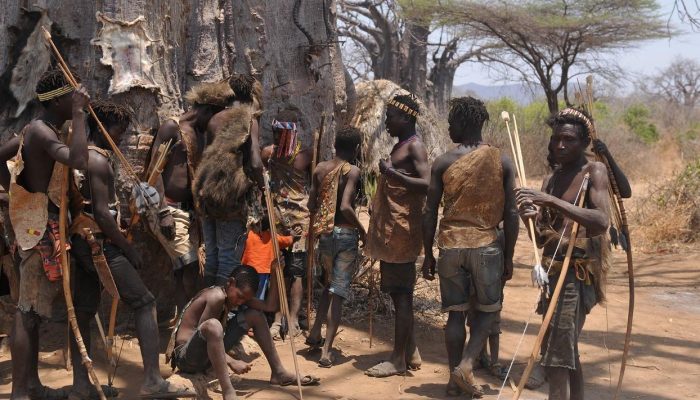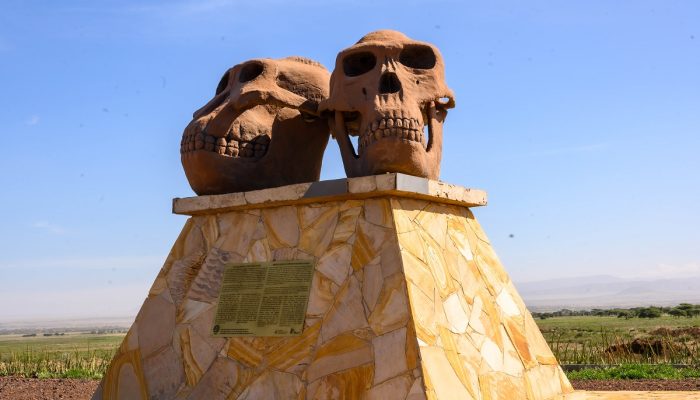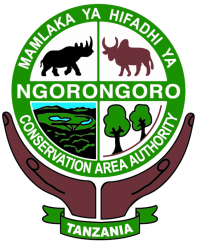Follow us
- Home
- About UsThe Organization
- NCA & NCAA
- Conservation
- TourismAttractions and Activities
- Cultural Heritage
- Geopark
- Community
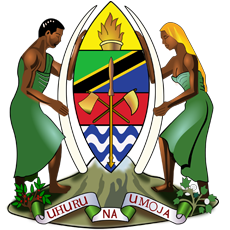
The United Republic of Tanzania
NGORONGORO CONSERVATION AREA AUTHORITY
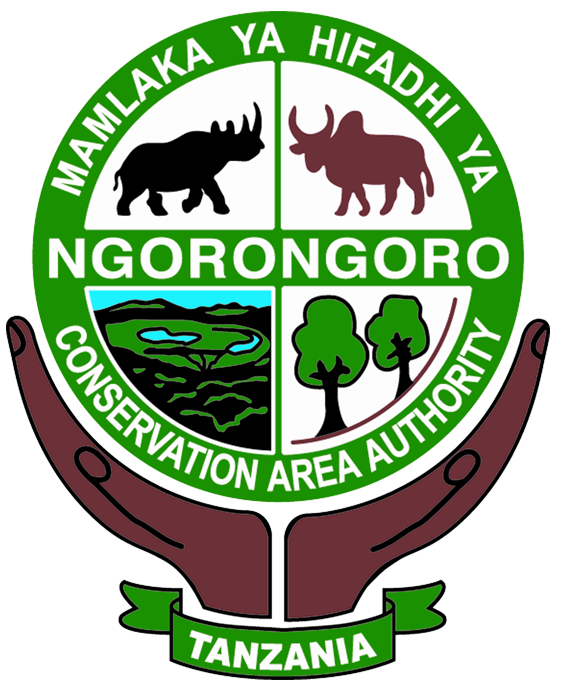
Follow us
- Home
- About UsThe Organization
- NCA & NCAA
- Conservation
- TourismAttractions and Activities
- Cultural Heritage
- Geopark
- Community
- Home
- About UsThe Organization
- NCA & NCAA
- Conservation
- TourismAttractions and Activities
- Cultural Heritage
- Geopark
- Community
Conservation of NCA
The Ngorongoro Conservation Area Authority (NCAA) is one essential government arm, responsible for the development of suitable environmental and archeological management standards of the NCA. It oversees and manages all aspects related to the monitoring of the threatened, rare and endangered wildlife species (flora and fauna) in the area. While connectivity of the NCA with wider landscape is vital in order to allow the movement of wildlife in the area, poaching poses a significant threat, which still requires effective monitoring, management and enforcement.
Prior to the establishment of the NCAA, the integrity of specific primitive-archaeological attributes and the overall sensitive landscape were to an extent under threat and thus vulnerable due to lack of enforcement of protection arrangement related to grazing regimes, and from proposed access and tourist-related developments at Laetoli and Olduvai Gorge. While the site provides grazing land for semi-nomadic Maasai pastoralists, it was already thought that an increase in human population posed a threat to the site’s cultural and natural values.
NCAA is also responsible for wildlife habitat management, dispersal and grazing patterns, wildlife census within the area, and coordination of international conventions and agreements. Moreover, it manages and conducting scientific evaluations, monitoring management interventions, and coordinating all research activities in the Ngorongoro Conservation Area (NCA) in order to preserve the integrity and authenticity of the NCA’s natural ecosystems.
The authenticity of the area’s fossil localities is unquestionable. However, given the nature of these fossil sites, the context for fossil deposits must be preserved (except by natural geological processes). As a result, the NCAA is required to ensure that the sites remain undisturbed and are not threatened by visitor access, construction, or grazing cattle.
Significant features within NCA;
Ngorongoro crater, Northern Highland Forest Reserve, Ndutu plains and Marshes, Olkarian gorge, Empakai crater, Olmoti crater (freshwater) waterfalls, Lakes (Magadi and Maseki), Hippo pools (Viboko, Ngoitoktok and Gorgor). Wildlife species (Rare and Critically endangered wildlife species) Large carnivores, medium and small carnivores, Large medium and small mammals, Birds, Wildlife corridors, breeding sites, dispersal areas, habitats, foraging grounds, Unique wild plants (wildflowers).
WILDLIFE SPECIES AND MANAGEMENT
The NCA is home to a variety of mammals, including the “big five” (black rhinoceros, elephants, buffaloes, lions, and leopards),
The Ngorongoro Conservation Area hosts over 500 species of avian species (both migratory and resident)
The NCA’s variable vegetation is primarily influenced by its natural geographical make up and rainfall.
WILDLIFE HABITAT
Diverse wildlife species are found in the NCA because of the diversity of its habitat. Among these habitats are wetlands, riverine areas, woodlands, dispersal areas, and foraging grounds that are linked by corridors and migratory routes.
- Awareness involves knowledge on
- Community Involvement and Engagement
Environmental Management
- Climatic Change and Its Impact
- Climate Adaption
- Mitigation Measures
Quick Links
GIVE US YOUR FEEDBACK
what is your experience at NCAA
FAST RESPONSE
chat with our representative
TARIFFS
entry fee, motor vehicle, crater fee etc
GIVE US YOUR FEEDBACK
what is your experience at NCAA
FAST RESPONSE
chat with our representative
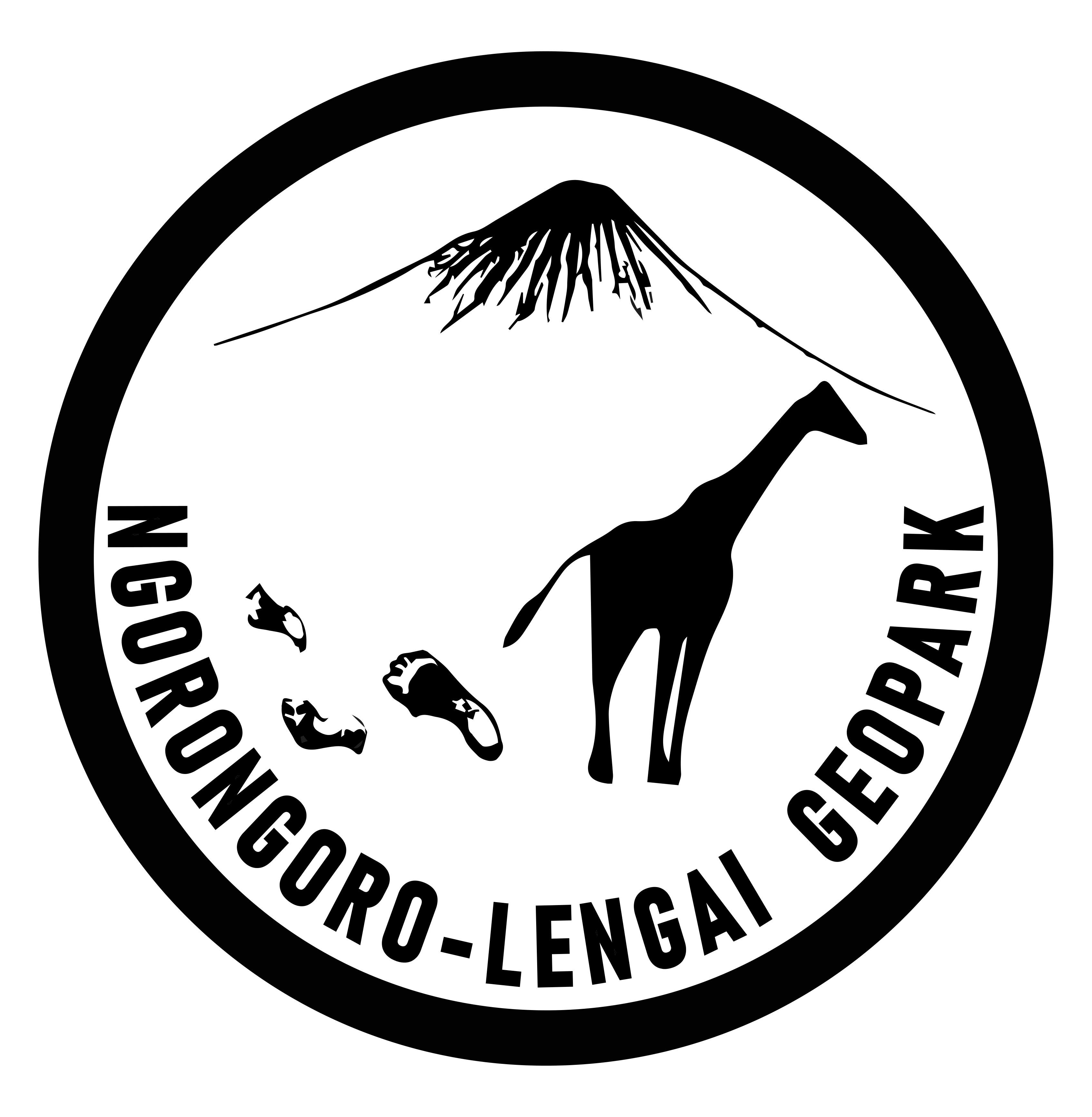


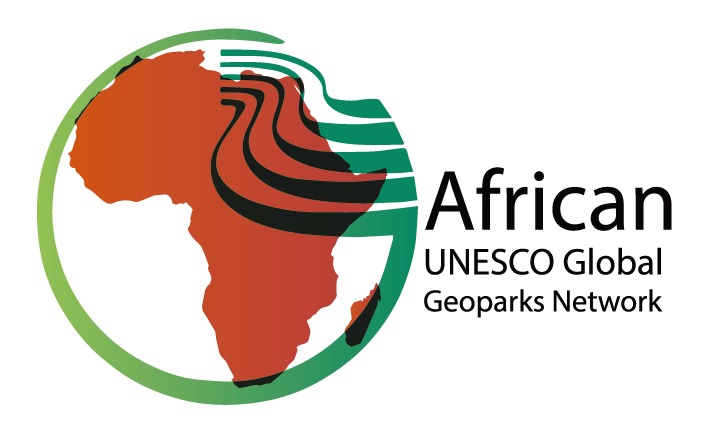
- COVID 19 POLICY & GUIDELINE

